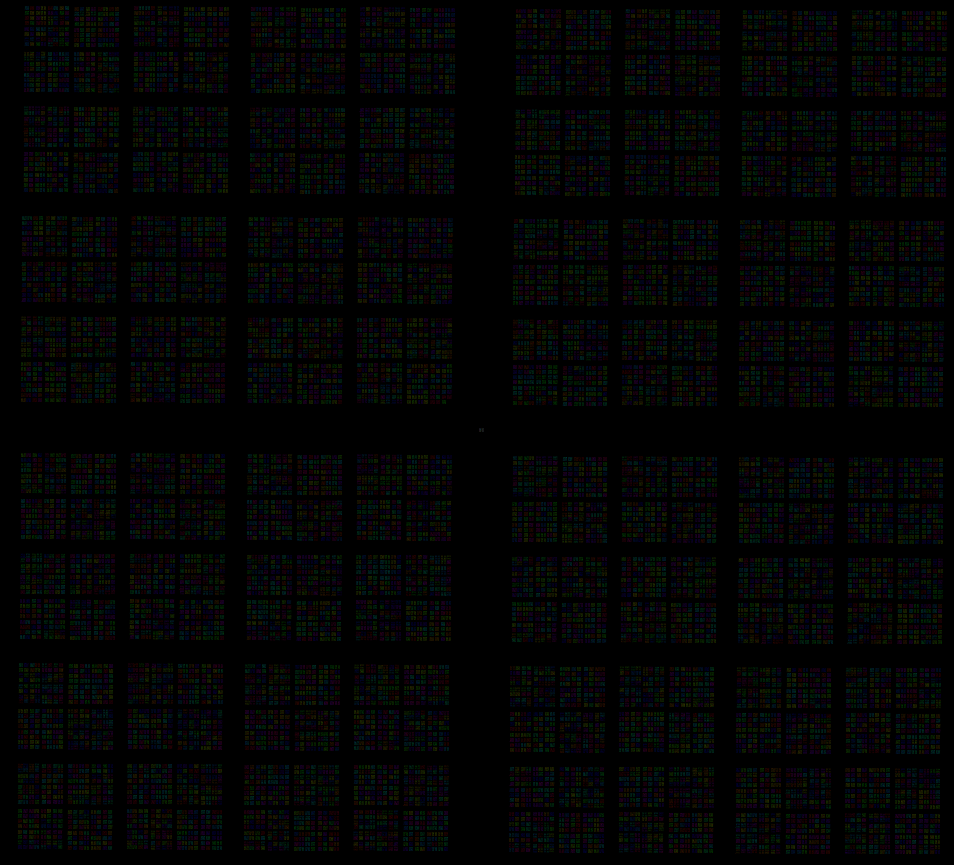3 revisions
+5
+## Ception
+Continuing to zoom out from the initial highly detailed grid (often referred to as 'stage 1' by users) for extended periods, even for days, can lead to a distinct phenomenon dubbed "Ception." This occurs as the simulation attempts to render content at extremely vast [Scale Limits](/wiki/scale_limits), approaching what could be considered infinite distances within the virtual environment. This 'stage 2' effect often presents as an even larger, more encompassing visual distortion or pattern, surpassing the scale of the initial rendering glitches.
+
+The image above shows a more sparse, larger-scale repeating grid pattern, suggesting the visual system is further taxed at extremely zoomed-out distances, leading to a new level of artifacting.
+- [Scale Limits](/wiki/scale_limits)
+5-2
-Absolute Algodoo Limits describe the fundamental boundaries inherent to the Algodoo physics simulation engine. These points reveal where virtual physics might bend or dissolve, pushing the very fabric of its digital reality, bridging concepts of [Physics Simulation](/wiki/physics_simulation) and [Computational Limits](/wiki/computational_limits). They offer insight into the robust yet finite nature of simulated worlds.
-- [Virtual Environments](/wiki/virtual_environments)
+Absolute Algodoo Limits describe the fundamental boundaries inherent to the Algodoo physics simulation engine. These limits define the maximum capabilities and precision of the software, revealing where virtual physics might bend, break, or dissolve when pushed to extremes. They touch upon concepts of [Physics Simulation](/wiki/physics_simulation), [Computational Limits](/wiki/computational_limits), and [Numerical Error](/wiki/numerical_error) within simulated environments. These boundaries highlight the robust yet finite nature of simulated worlds, influencing everything from maximum object count and simulation speed to graphical rendering and accuracy.
+When users attempt to exceed these inherent limitations, either through design or accidental configuration, Algodoo may exhibit unexpected behavior. This can manifest as glitches, performance degradation, or even visual artifacts that represent the system struggling to maintain coherence. For instance, pushing the simulation beyond its intended object rendering or processing limits can lead to chaotic yet structured visual phenomena.
+
+The image above illustrates a highly detailed grid of countless colorful squares, arranged in larger blocks on a dark background, with a small red dot in the very center. This mosaic-like pattern often emerges when the simulation is forced to handle an immense number of distinct, small elements, or when processing power is overwhelmed. This output is a direct visual consequence of reaching or exceeding Algodoo's [Rendering Limits](/wiki/rendering_limits) and [Object Count](/wiki/object_count) thresholds, effectively "bypassing" the engine's stable operational parameters.
+- [Object Count](/wiki/object_count)
... 2 more lines
+6
Auto-generated stub article
+Absolute Algodoo Limits describe the fundamental boundaries inherent to the Algodoo physics simulation engine. These points reveal where virtual physics might bend or dissolve, pushing the very fabric of its digital reality, bridging concepts of [Physics Simulation](/wiki/physics_simulation) and [Computational Limits](/wiki/computational_limits). They offer insight into the robust yet finite nature of simulated worlds.
+## See also
+- [Simulation Error](/wiki/simulation_error)
+- [Numerical Stability](/wiki/numerical_stability)
+- [Software Limitations](/wiki/software_limitations)
... 1 more lines